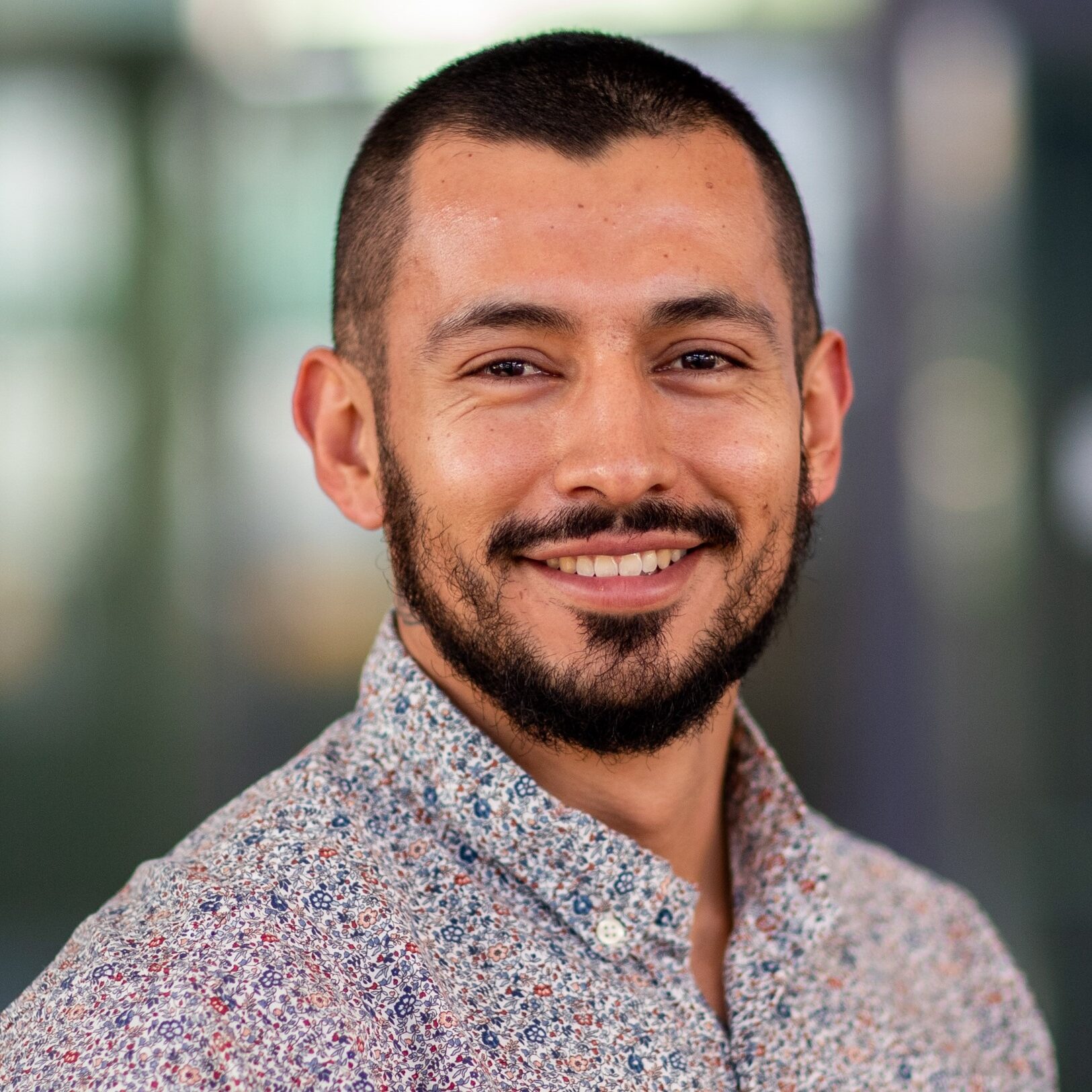
Sebastian Cajigas
Host: Helia Biomonitoring
Supervisors: Dr. Junhong Yan (Helia), Menno Prins (TU/e)
ESR14: Integrated system and validation of TPM biosensor with nanoswitch
“Few years ago, I discovered that science became in the deep sense of my existence. I understood, and now I completely understand that I do not want to be remembered by the quality of my research, but I wish to be remembered as someone dedicated, disciplined and very inspirational.”
The technology called BPM, Biosensing based on Particle Mobility, is based on the tracking of the motion of particles that are molecularly attached to a sensing surface. Hundreds of particles are simultaneously recorded by optical imaging, giving access to data with high statistics and allowing biosensing with high sensitivity and precision. The technology has the potential to continuously measure many substances including small molecules, hormones, drugs, peptides, proteins, nucleic acids and among others in a wide range of concentrations (picomolar to millimolar).
We are now developing biomolecular assays and we are engineering an automated BPM prototype system for testing in practical applications. The long-term stability of the BPM technology is important for real-time biomolecular sensing in industry and healthcare applications. This research project aims to study all sources of BPM instabilities and bring solutions to improve the biosensor performance.
My passion for sciences started at an early age, in high school, when I discovered my curiosity and aptitudes for science, thanks to my high school teachers who taught me with dedication and passion. Once I finished high school, I went to the University of Antioquia, a public university located in Medellin-Colombia, my own country, where I started the challenges of the Chemistry major. After my graduation, I assumed the challenge of pursuing a master’s degree in Chemical Sciences at the same University. During this time, I gained expertise in the development of hybrid materials with the aim of improving the sensibility of colorimetric and electrochemical biosensors. Throughout my process, I discovered the passion of the development of biosensors, small and easy-to-use devices with a plenty of advantages and capacity of being employed in the field.
In 2016, I got my bachelor’s degree in chemistry at the University of Antioquia (Colombia). As an undergraduate, I had the opportunity to investigate the correlation of functional groups of humic acids with photochemical properties in the QUIREMA group from the same University. During this time, I gained expertise in different characterization techniques, including FT-IR and UV-Vis spectroscopy, potentiometric titles, thermogravimetric analysis and high-performance liquid chromatography (HPLC).
In 2020, I got my master’s degree in chemical sciences at the University of Antioquia. I worked in the development of a dual electrochemical magneto-nanogenosensor for differential diagnosis of zika virus in the Max Planck Tandem Group in Nanobioengineering from the same University; I specifically was in charge of the development of gold/DNA-based nanobioconjugates for signal amplification in colorimetric and electrochemical biosensors.

